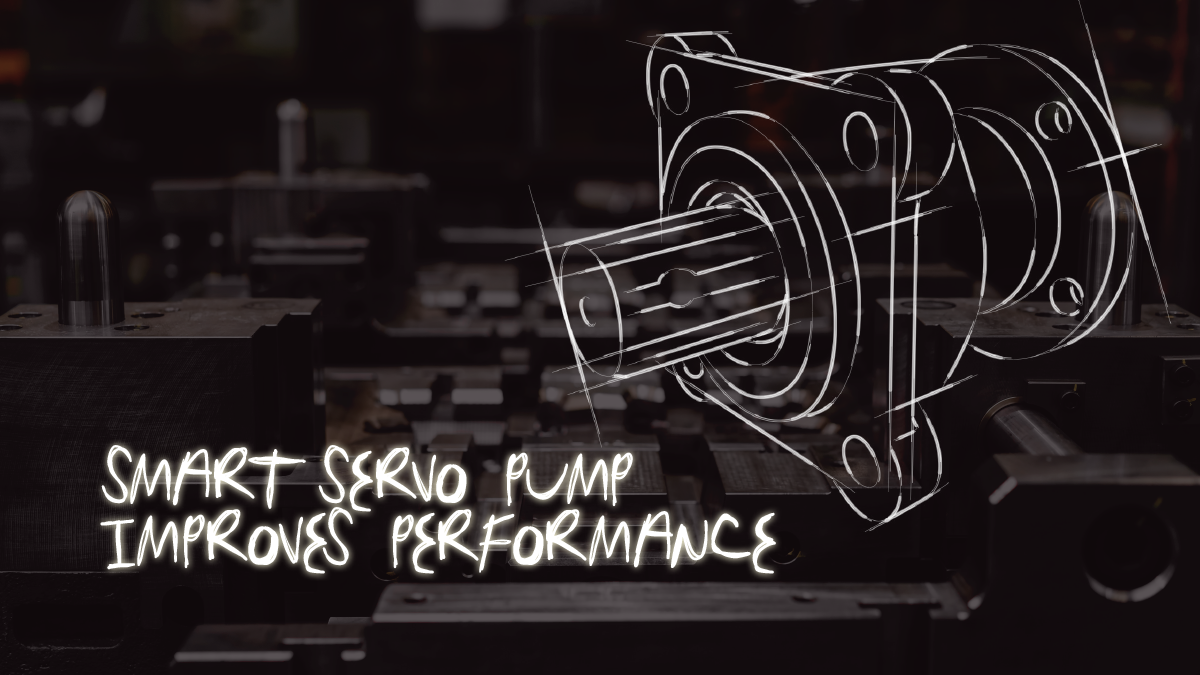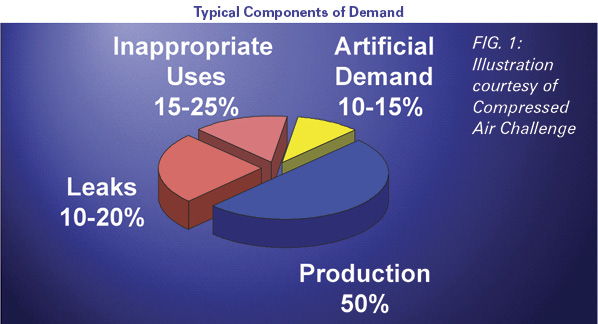Smart Servo Pump Improves Performance

By Pasquale Manfreda, Atos Group, ServoPumps Project Manager
and Hoyt Kohl, Atos North America, Engineering Director.
In the application of hot chamber die casting for zinc production, the application of Smart Servopumps within hydraulic systems has proven to be highly successful. The Smart Servopump is integral to various critical functions of the die casting press, including the opening and closing of the die mold, injection of hot molten metal, ejection of casted material, and the loading of accumulators during the machine cycle’s idle phase. Notable installation features include the vertical mounting of the Smart Servopump with the pump submerged, a design choice made to minimize the unit’s footprint. Additionally, a fire-resistant water-based fluid (HFC water-glycol) is utilized due to the proximity to the hot molten metal.
The advantages of employing the Smart Servopump in this context are substantial. The smart start-up functionality leads to 50% less machine start-up time by the automatic configuration setup and auto-tuning features. Furthermore, there is a remarkable 48% energy savings compared to traditional solutions for a typical working cycle of a 113.4 metric ton (125-ton) machine. The inclusion of a built-in oscilloscope allows for in-depth analysis, enabling fine-tuning of the machine’s energy consumption.
In the application of manufacturing equipment for concrete precast elements, Smart Servopumps has found successful application in machines designed for civil applications, such as the creation of pipelines for embankment structures, tunnel reinforcement, and wastewater wells. The machinery consists of a vertical press with two telescopic handlers boasting an impressive vertical stroke of almost 8 meters (26 feet). Additionally, the equipment features 12 cylinders and 4 hydraulic motors. A significant transformation has occurred with the replacement of the traditional power unit, comprised of two large electrical motors with 4 + 4 tandem pumps, replaced with three servo pumps, each delivering 150 lpm @ 170 bar (49 gpm at 2,465 psi). These servo pumps collectively manage the flow rate for the machine’s main operations and operate independently during other cycle phases, facilitating the simultaneous movement of various hydraulic actuators. The new machine architecture has led to the elimination of numerous flow and pressure modular valves, as well as a reduction in the number of proportional valves. This has resulted in an overall simplification of the hydraulic circuit and electrical system cabling. The advantages of utilizing Smart Servopumps in this application are notable, including an energy saving exceeding 40%, downsizing of the heat exchanger from 78 to 26 kW (105 hp to 35 hp), a reduction in noise levels by up to 15 dB, better operations thanks to a smooth start/stop that eliminates water hammer shocks once caused by tandem pump activation/deactivation, and improved machine performance.







